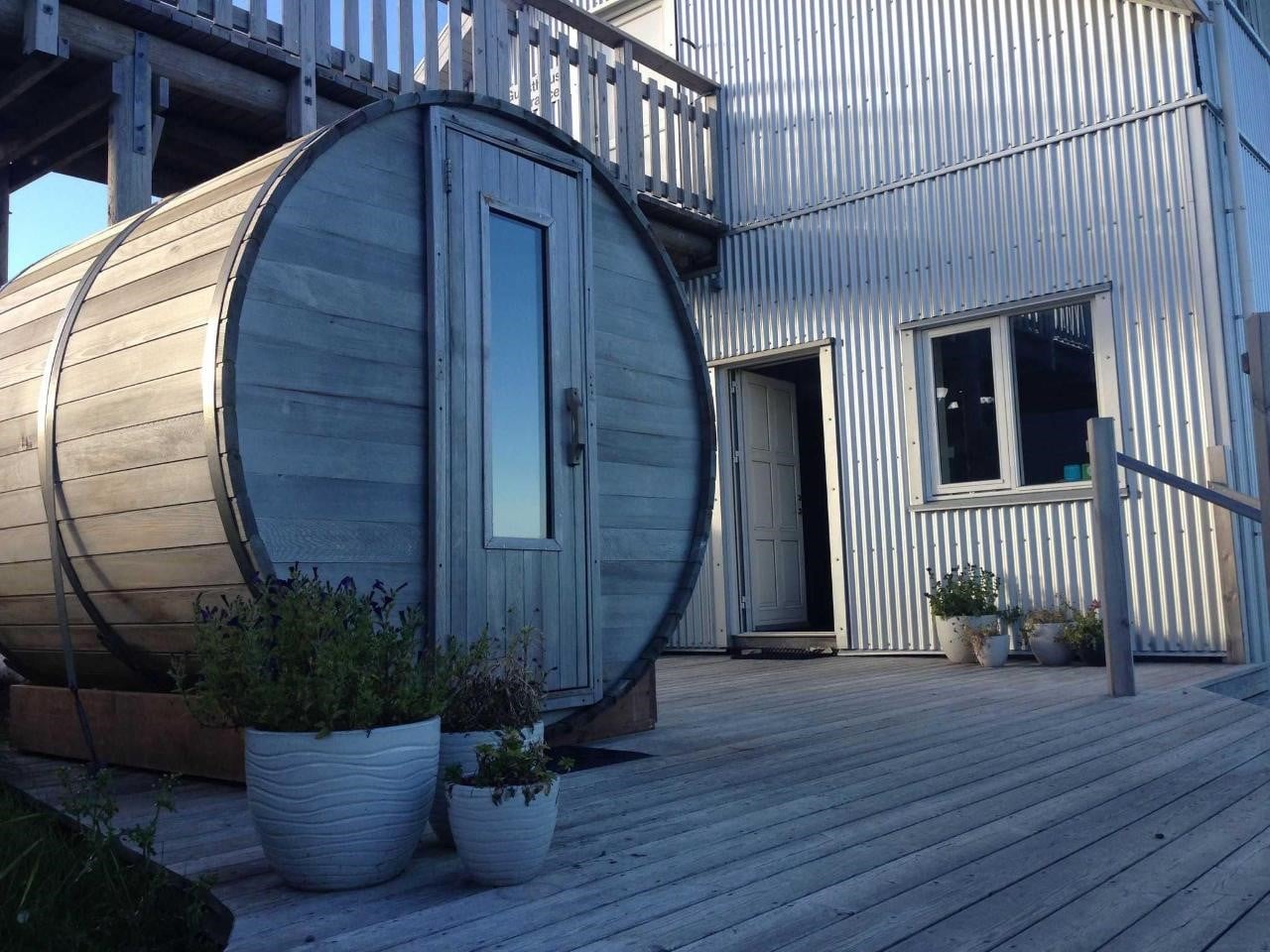In the world of wellness and relaxation, saunas have long been revered for their ability to provide a soothing escape from the stresses of everyday life. However, while traditional wood fired saunas and electric saunas have gained widespread popularity, their gas-powered counterparts seem to linger in the shadows, relatively unnoticed. So, why haven’t gas saunas captured the hearts of sauna enthusiasts? Let’s explore a few key reasons behind their lack of popularity.
- Limited Availability and Awareness: One of the primary reasons gas saunas struggle to gain popularity is their limited availability. Unlike electric and wood saunas, gas saunas are not as widely manufactured or marketed. This scarcity translates to a lack of awareness among consumers, making it challenging for individuals to even consider gas saunas as an option when exploring sauna alternatives.
- Perceived Safety Concerns: Safety is paramount when it comes to sauna usage, and the perception of safety issues may contribute to the unpopularity of gas saunas. Gas-powered appliances can evoke concerns about potential leaks, combustion risks, or other hazards associated with the use of flammable substances. While modern gas saunas are designed with safety features, the mere association with gas may deter individuals from choosing them over seemingly safer alternatives.
- Installation and Infrastructure Challenges: Compared to electric saunas, which can be easily plugged into existing outlets, or wood saunas that require minimal electrical connections, gas saunas demand more intricate installations. The need for a gas line and proper ventilation can make the installation process more complex and costly. This added hurdle may dissuade potential buyers, especially those looking for a hassle-free sauna experience.
- Maintenance Complexity: Gas saunas, like any other gas-powered appliances, require regular maintenance to ensure optimal performance and safety. Individuals might be more inclined to choose simpler, low-maintenance alternatives such as electric sauna heater, where the only significant consideration is occasional replacement of heating elements. The perceived complexity of maintaining gas saunas could be a deterrent for those seeking a more straightforward sauna solution.
- Environmental Concerns: As environmental awareness grows, consumers are increasingly drawn to eco-friendly options. Electric saunas, powered by clean energy sources, align more closely with the sustainability goals of modern consumers. Gas saunas, on the other hand, rely on non-renewable natural gas, which may not resonate well with environmentally conscious individuals.
In conclusion, the lack of popularity of gas saunas stems from a combination of factors, including limited availability, perceived safety concerns, installation challenges, maintenance complexity, and environmental considerations. As the sauna industry evolves, manufacturers and designers may need to address these issues to bring gas saunas into the mainstream and offer consumers a wider range of options for their relaxation and wellness needs.


